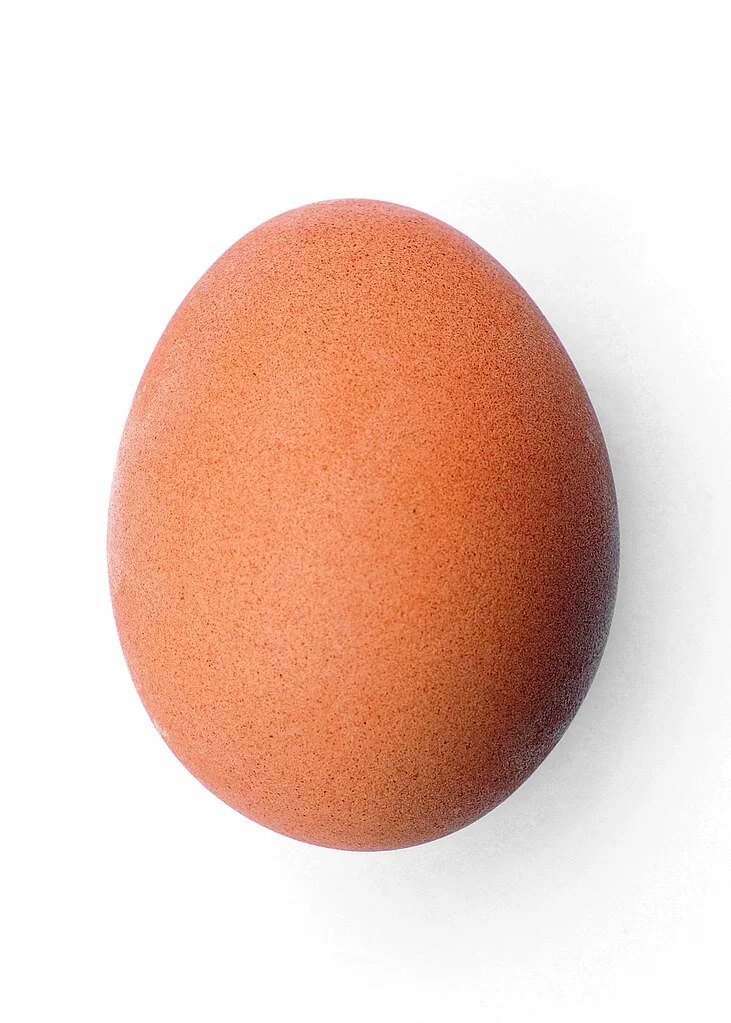26 August 2023
Fluorine is an element with the atomic number 9 and the symbol F. At room temperature and pressure, it is a highly toxic, yellow gas. In pure form, it is extremely reactive, interacting and corroding most substances it comes in contact with.
The name is a combination of fluor + -ine. The noun fluor is from Latin, where it means a discharge, flow, or stream. In English it can refer to any of a variety of minerals, resembling gems, that are used in smelting remove impurities and to facilitate the fusing of metals, a welding or soldering agent. The suffix -ine is used, among other things, in the names of classes or genera of natural objects; compare fluorine to the names of the elements in the same column of the periodic table: chlorine, bromine, iodine, astatine, and tennessine.
In 1546, Georgius Agricola, the “father of mineralogy,” used the Latin fluores to translate the German Flusse (fluxes) used in smelting. And by 1610, fluor was being used in English, in particular in Philmon Holland’s 1610 translation of William Camden’s Britannia. The word appears in a description of the mining industry in Darbyshire:
Milstones likewise are here hewed out, as also grinde-stones and whetstones, to giue an edge unto iron tooles: and sometimes in these mines and quarries is found a certaine white Fluor (for such stones coming of Mines, that bee like unto precious stones, learned minerall men call Fluores) which for all the world resembleth Christall.
The adjective fluoric, in the phrase fluoric acid, is in use by 1783, and by the late eighteenth century chemists began to suspect such compounds contained a novel element. Starting in 1809, chemists Humphry Davy and André Marie Ampère exchanged a series of letters on the topic, culminating in 1813 with Davy publishing a paper that named the element, crediting Ampere with the coinage:
From the general tenor of the results that I have stated, it appears reasonable to conclude that there exists in the fluoric compounds a peculiar substance, possessed of strong attractions for metallic bodies and hydrogen, and which combined with certain inflammable bodies forms peculiar acids, and which, in consequence of its strong affinities and high decomposing agencies, it will be very difficult to examine in a pure form, and, for the sake of avoiding circumlocution, it may be denominated fluorine, a name suggested to me by M. Ampere.
Sources:
Camden, William. Britain, or a Chorographicall Description of the most Flourishing Kingdomes, England, Scotland, and Ireland, and the Ilands Adioyning. Philemon Holland, trans. London: George Bishop and John Norton, 1610, 556–557. Early English Books Online (EEBO).
Davy, Humphry. “Some Experiments and Observations on the Substances Produced in Different Chemical Processes on Fluor Spar” (8 July 1813). Philosophical Transactions of the Royal Society of London, 103, December 1813, 263–79 at 278. DOI: 10.1098/rstl.1813.0034.
Miśkowiec, Pawel. “Name Game: The Naming History of the Chemical Elements: Part 2—Turbulent Nineteenth Century.” Foundations of Chemistry, 8 December 2022. DOI: 10.1007/s10698-022-09451-w.
Oxford English Dictionary, third edition, March 2012, s.v. fluorine, n., fluor, n.1, fluoric, adj., fluoric acid, n.; second edition, 1989, s.v. -ine, suffix1.
Image credit: B.G. Mueller, 2011. Wikimedia Commons. Licensed under a Creative Commons Attribution-Share Alike 3.0 Unported license.






